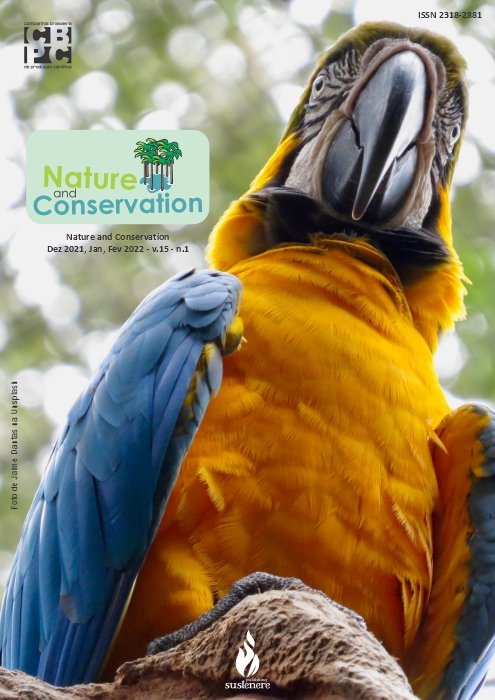Toxic, cytotoxic and genotoxic potential of Copaifera langsdorffii desf. Native of Amazonia Mato-Grossense
DOI:
https://doi.org/10.6008/CBPC2318-2881.2022.001.0010%20Keywords:
Allium cepa, Copaíba, Mitotic IndexAbstract
The Amazon rainforest harbor the greatest biodiversity on the planet, and has in its flora, several species with medicinal potential, among them Copaifera langsdorffii Desf., used to treat various diseases such as antiasthma, tonsillits and eczema. The aim of this study was to evaluate the toxic, cytotoxic and genotoxic potential of Copaifera langsdorffii using Allium cepa test. The bulbs were organized in a factorial scheme (2 x 5 + 2), with two extracts (infused and decocted), obtained from stem bark and leaves of Copaifera langsdorffii, five concentrations: 0.002; 0.004; 0.008; 0.016 and 0.032 mg ml-1, and two controls distilled water and glyphosate at 1%. It was evaluated the growth of the root system (CSR), the mitotic index (MI), and frequency os chromosomal changes and abnormalities on cell cycle phases. The greatest reductions in CSR were found in the decocted extract of the stem bark, at the concentration of 0.016 mg mL -1, and the lowest values of MI were observed at the concentration 0.032mg mL-1 in both stem bark extracts. The concentration usually used in folk medicine showed aberrations in all evaluated aqueous extracts. The reduction of CSR and IM and the presence of aberrations in the tested organism, showed the toxic, cytotoxic and genotoxic potential of Copaifera langsdorffii.
Downloads
Downloads
Published
Issue
Section
License
Copyright (c) 2023 Nature and Conservation

This work is licensed under a Creative Commons Attribution-NonCommercial-NoDerivatives 4.0 International License.
The CBPC - Companhia Brasileira de Produção Científica (Brazil CNPJ: 11.221.422/0001-03) the material rights of the published works. The rights relate to the publication of the work anywhere in the world, including rights to renewals, expansions and dissemination of the contribution, as well as other subsidiary rights. All electronically published works may subsequently be published in printed collections under the coordination of this company and / or its partners. The authors preserve the copyright, but are not allowed to publish the contribution in another medium, printed or digital, in Portuguese or in translation.









